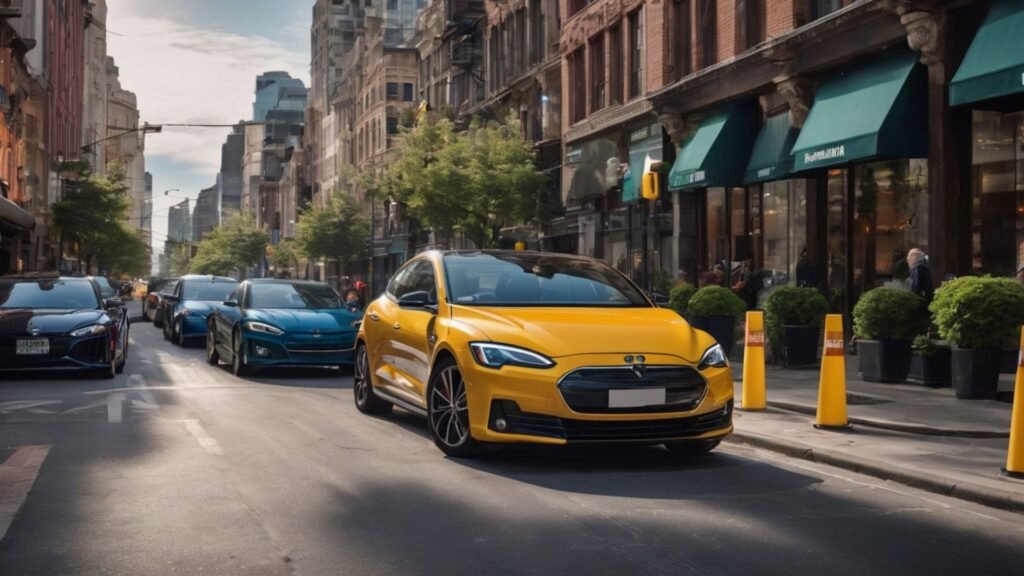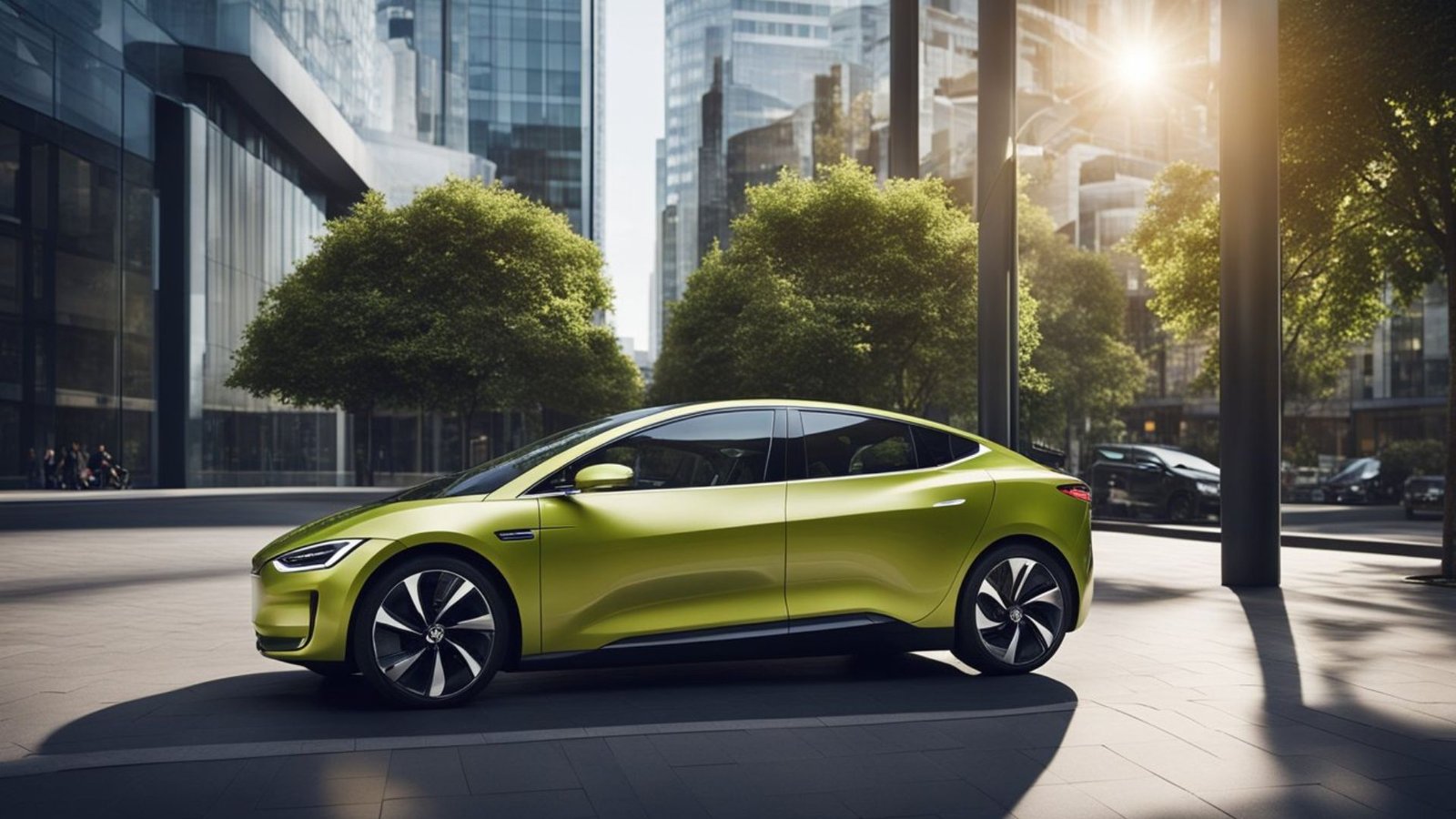Electric Vehicles for Urban Travel
Electric vehicles (EVs) are reshaping urban travel by offering a cleaner, more efficient alternative to traditional gasoline-powered cars. As cities grapple with issues like air pollution, traffic congestion, and noise pollution, electric vehicles present a promising solution. Here’s how EVs are making a significant impact on urban transportation and what the future holds for city travel.

Benefits of Electric Vehicles in Urban Areas
Electric vehicles provide several key benefits that make them particularly suited for urban environments. These advantages contribute to improved quality of life and sustainability in cities.
Reducing Air Pollution
Air pollution is a major concern in cities, where traffic congestion leads to high levels of emissions from traditional vehicles. Electric vehicles produce zero tailpipe emissions, which helps to significantly reduce the amount of harmful pollutants, such as nitrogen oxides and particulate matter, released into the air. This results in cleaner air and improved public health.
Lowering Noise Pollution
Urban areas are often plagued by noise from traffic. Traditional vehicles with internal combustion engines are noisy, contributing to a high level of noise pollution. Electric vehicles, on the other hand, operate much more quietly. This reduction in noise pollution helps create a more peaceful and less stressful urban environment.
Improving Energy Efficiency
Electric vehicles are generally more energy-efficient than traditional vehicles. They convert a higher percentage of the energy from their batteries into motion, which means they use energy more effectively. This efficiency is particularly beneficial in city driving, where frequent stops and starts can make conventional engines less efficient.
Challenges and Considerations
While electric vehicles offer many benefits, there are also challenges that cities must address to fully realize their potential for urban travel.
Charging Infrastructure
One of the main challenges is developing adequate charging infrastructure. For electric vehicles to become a viable option for urban residents, there needs to be a widespread network of charging stations. Cities are working to address this by installing public charging points in parking lots, on-street locations, and near popular destinations.
Range Anxiety
Range anxiety—the fear of running out of battery power before reaching a charging station—is a concern for many potential EV owners. While the range of electric vehicles has been steadily increasing, it is still important for urban areas to have sufficient charging infrastructure to alleviate these concerns.
Cost of Electric Vehicles
Although the cost of electric vehicles has been decreasing, they can still be more expensive upfront compared to traditional vehicles. However, lower running costs, including savings on fuel and maintenance, can offset the initial price difference over time. Governments and cities often provide incentives to help make EVs more affordable for residents.
Strategies for Promoting Electric Vehicles in Cities
Cities are implementing various strategies to encourage the adoption of electric vehicles and address the associated challenges.
Expanding Charging Networks
To support the growing number of electric vehicles, cities are investing in expanding their charging networks. This includes installing more public charging stations and offering incentives for businesses and homeowners to install private chargers. Fast-charging stations are also being introduced to reduce charging time and increase convenience for EV owners.
Implementing Low Emission Zones
Some cities are establishing low emission zones where only electric vehicles or vehicles meeting certain emission standards are allowed to enter. These zones aim to reduce air pollution in high-traffic areas and encourage the use of cleaner transportation options.
Providing Incentives and Subsidies
To make electric vehicles more attractive, many cities offer various incentives and subsidies. These can include tax credits, rebates, and reduced registration fees. Additionally, some cities provide free or discounted parking for electric vehicles and allow them to use carpool lanes.
The Future of Electric Vehicles in Urban Travel
Looking ahead, electric vehicles are likely to play an increasingly important role in urban travel. As technology continues to advance and the infrastructure for EVs improves, the benefits of electric vehicles will become even more pronounced.
Integration with Smart City Technologies
Electric vehicles are expected to integrate with smart city technologies, enhancing urban mobility and efficiency. For example, EVs could be connected to smart grids, allowing for optimized charging and energy use. Additionally, advancements in autonomous driving technology could further improve traffic flow and safety.
Growth of Shared Mobility Services
Shared mobility services, such as electric car-sharing and ride-hailing, are gaining popularity in urban areas. These services can help reduce the number of vehicles on the road, decrease traffic congestion, and make electric vehicles accessible to a broader range of people.
Enhanced Environmental Benefits
As more cities adopt electric vehicles and renewable energy sources, the overall environmental impact will continue to improve. Cleaner air, quieter streets, and reduced greenhouse gas emissions are just a few of the long-term benefits that electric vehicles can bring to urban areas.
Conclusion
In conclusion, electric vehicles are transforming urban travel by offering a cleaner, more efficient, and quieter alternative to traditional vehicles. While there are challenges to overcome, such as expanding charging infrastructure and addressing range anxiety, cities are making strides to support the adoption of EVs. As technology advances and more incentives are introduced, electric vehicles will become an increasingly integral part of urban transportation, contributing to healthier, more sustainable cities for the future.

